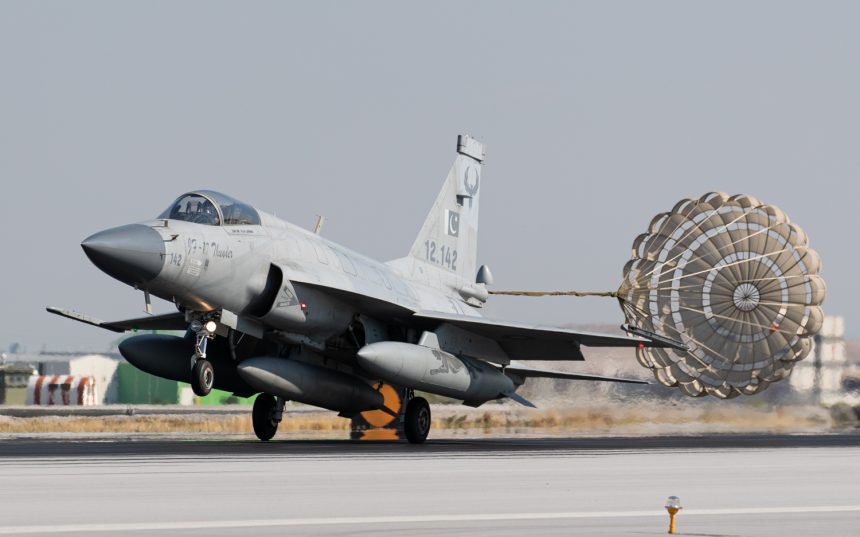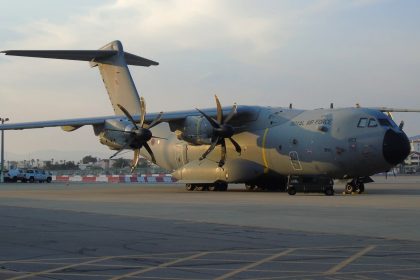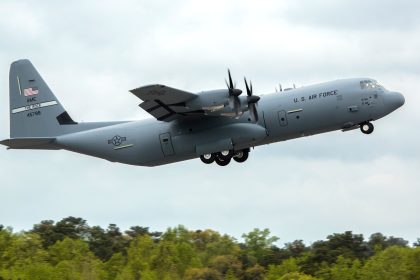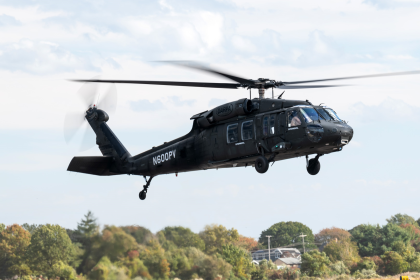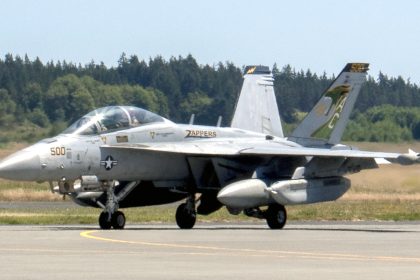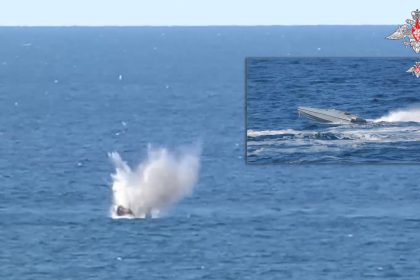Let’s have a look at Anatolian Eagle 2019 at Konya, Turkey.
Exercise Anatolian Eagle, is a very well-known series of exercises hosted by the Turkish Air Force held at the 3rd Main Jet Base – Konya, in central Anatolia, south of Ankara, Turkey.
It is inspired by the U.S. Red Flag and Maple Flag series and its goal is to train fighter pilots for the first few days of a modern conflict (its Greek counterpart is Ex. Iniochos – read here about the 2019 and 2018 edition of the drills held at Andravida AB, Greece).
The exercise provides the participating Turkish and foreign nations air forces an interesting opportunity to perform joint combat training in real-world scenarios that include Combined Air Operations (COMAOs) on tactical and strategic targets defended by Aggressors aircraft and Surface to Air Missile (SAM) threats of all types scattered across an airspace of 120 by 216 NM that allows some +60 aircraft to employ their tactics away from the effects of any (civilian or non AE traffic) around.
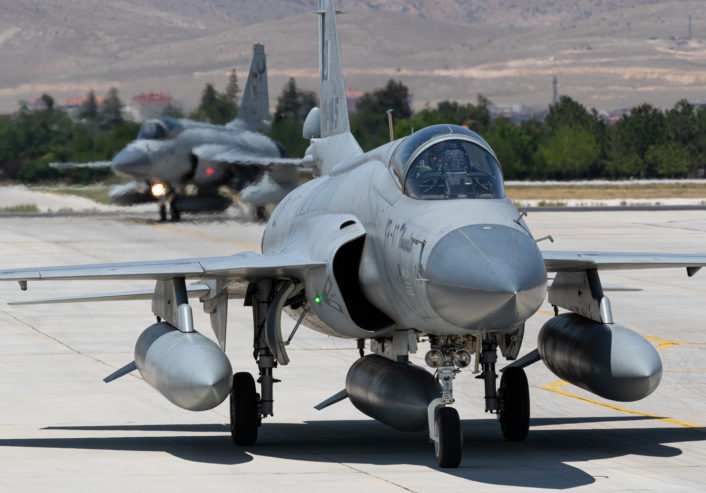
Konya is an important base, the headquarters of the Anatolian Eagle Training Center Command, that plans, organizes and conducts the AE drills and has the important role of testing and validating TuAF’s aircraft and units’ ability and preparedness for combat, establishing a background knowledge to achieve the military aims at war in the shortest time and with minimum effort. In simple words, Konya is where tactics are developed and put to test. Moreover, it hosts the 131 Filo, the squadron that operates the E-7T (B737AEW&C); 132 Filo that flies the F-16C/D Block 50; 135 Filo, equipped with AS532AL, CN235M-100 and UH-1H helicopters and it is the homebase of the Turkish Stars, the TuAF display team.
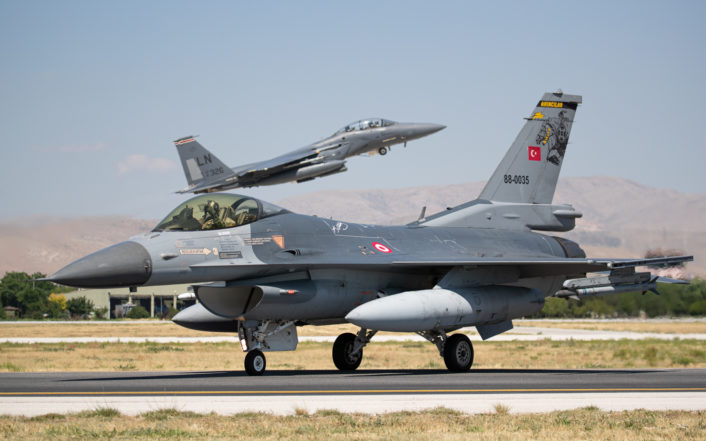
Since its establishment in 2001, 41 AE trainings have been performed. Through these years, fourteen countries and 33,000 personnel participated in AE. They brought some 2,000 aircraft to Turkey and generated some 24,000 sorties!
Our friend, journalist and photographer Stephan de Bruijn visited Konya last month, during the 2019 edition of Anatolian Eagle, that ran from Jun. 17 – 28.
“The objectives in AE 2019, were increasing the operational training level of the pilots and air defence personnel in a most realistic operational environment as well as developing joined and combined operational procedures,” he explained us. “The AETC trains the crew on such a way that a decrease of attritions during real combat missions will be realized, likewise there is a focus on an increase of mission effectiveness. Fighter pilots were given a chance to execute their planned tactics to employ in large force compositions. During AE19, 389 sorties were generated that included Close Air Support, Time Sensitive Targeting, Combat Search and Rescue, Ground Assisted Air Interdiction, Point Defense, Hostage Rescue, Casualty Evacuation, Infiltration/exfiltration, Offensive/Defensive Counter Air, Reconnaissance and Suppression of Enemy Air Defense.”
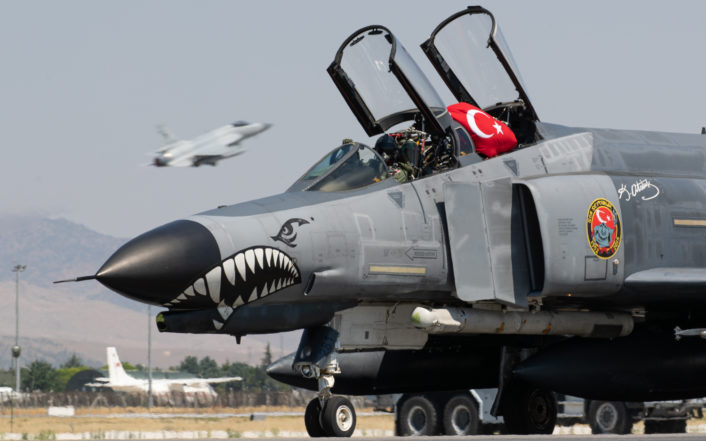
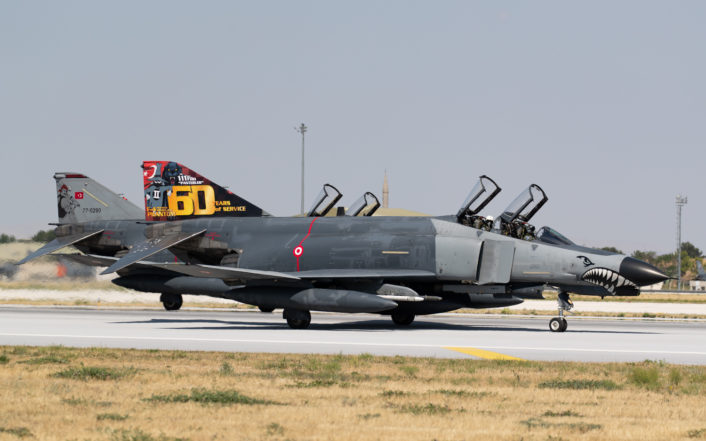
During the two week exercise, the AETC provides a forum to the participants to exchange ideas and lessons learned.
“AE training will enhance the training level of the participants, by creating a realistic combat theatre within a specific scenario: “blue forces” conduct a combined air operation (COMAO) attack against targets on “red land” that is heavily defended by “red forces” that are equipped with Surface to Air Missile (SAM) systems, electronic warfare threat emitters and fighter aircraft that simulate red-air tactics.”
“Within the AE operations center, all COMAO aircraft, the red forces, involved Airborne Warning And Control Systems (AWACS) as well as ground systems and instructions of Ground Controlled Intercept operators can be visualized on real-time basis in a recognized air picture in the Air Combat Manoeuvring Instrumentation (ACMI) system. After the missions flown, though work for all people involved starts, the debrief in which post-mission assessments can be made in a realistic way. The AETC provides experienced instructors that assist in the debrief.”

Anatolian Eagle 2019 saw participation of five JF-17 Thunders of 28sq of the Pakistan Air Force, three F-16AM/BM of 2sq of the Royal Jordanian Air Force, three AMX of the 51° Stormo (Wing), 132° Gruppo (Squadron) of the Italian Air Force, six F-15E Strike Eagles of the 494th Fighter Squadron belonging to the 48th Fighter Wing of the United States Air Force in Europe, a C-17A and a C-130J-30 of the 12th Transport Squadron of the Qatar Emiri Air Force and a NATO E-3A of the NATO Airborne Early Warning & Control Force. The host nation Turkey participated with six F-4E-2020 of 111 Filo, some twenty F-16C/D with markings of 113, 151 152, 161, 162, 182 and 193 Filo, an E-7T of 131 Filo, a C-130 of 222 Filo and very rarely seen ELINT/SIGINT C-160D of 221 Filo.
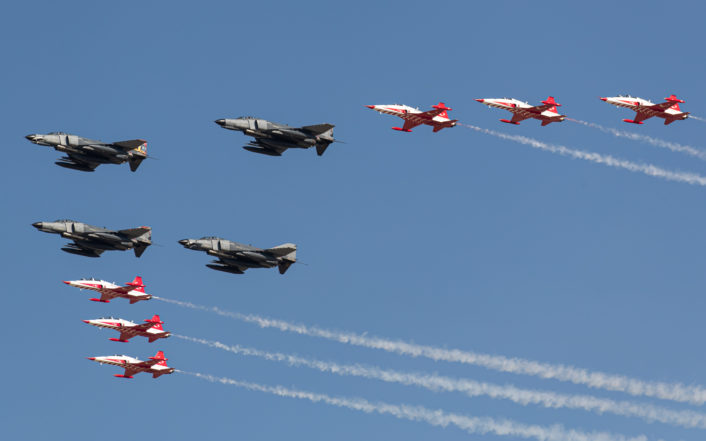
Aircraft based at Konya itself but assigned to the exercise were a CN235 and AS532UL of 135 Filo, an E-7T of 131 Filo and some ten F-16C/Ds of 132 Filo. A KC-135A of 101 Filo operated out of homebase Incirlik. The Azerbaijan Air Force sent three military as observers.
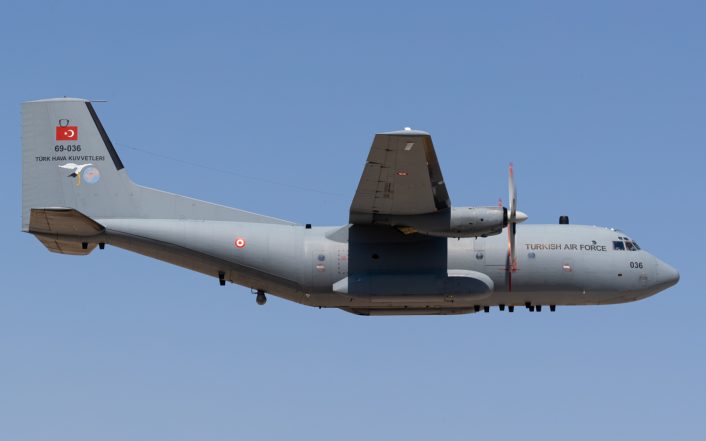
A big “Thank you” to Stephan de Bruijn for providing text, images and details about AE19. Make sure you follow him on his Instagram account @stephan_debruijn too.

